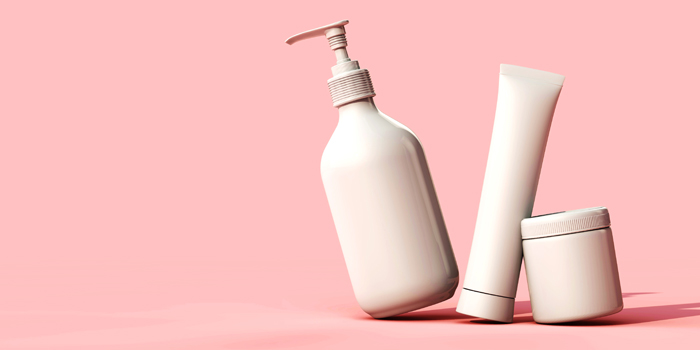The moisturizer you pick to nourish the skin is important and should be one that contains appropriate ingredients to help repair damaged skin. The various lotions a senior may use will provide moisture while others will provide nutrients that repair fragile skin. Still others are made to reduce lines and wrinkles.
Understanding the difference between hydration and moisture and then using the proper product is key. Dehydrated skin needs to have moisture and dry skin needs oils.
Skin moisturizers and creams that have vitamins and minerals and essential oils can help soothe and nourish the skin. These are different than humectants that draw water from the air into the skin. Moisturizers differ from humectants in that their primary function is to smooth and soften the outer layer of skin by increasing its water content. Although quite similar, moisturizers differ from humectants in that their primary function is to smooth and soften the outer layer of skin by increasing its water content.
Examples of humectants include aloe vera, amino acids, fatty acids, hyaluronic acid and glycerol. Examples of moisturizers include shea butter, cocoa butter, jojoba oil and grape seed oil.
More generally here are few winter skin health ideas you may find helpful.
- When washing, drying or applying creams, pat, don’t rub the skin.
- For best absorption, apply lotion and moisturizers to areas such as the face, hands and feet frequently, especially after washing and while the skin is still damp.
- Do not use hot water on the face and feet. It tends to sap the natural moisture from the skin.
- If your senior’s home air feels dry, try using a humidifier to keep the moisture level constant.
- Drink plenty of water, even when your senior doesn’t feel thirsty. Don’t wait for lips to get dry.
Of all the things that seniors can do to make themselves more comfortable in the winter, proper skin care may be the easiest and most impactful.

